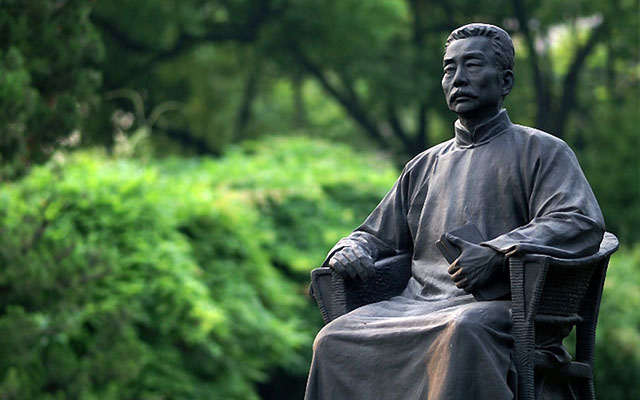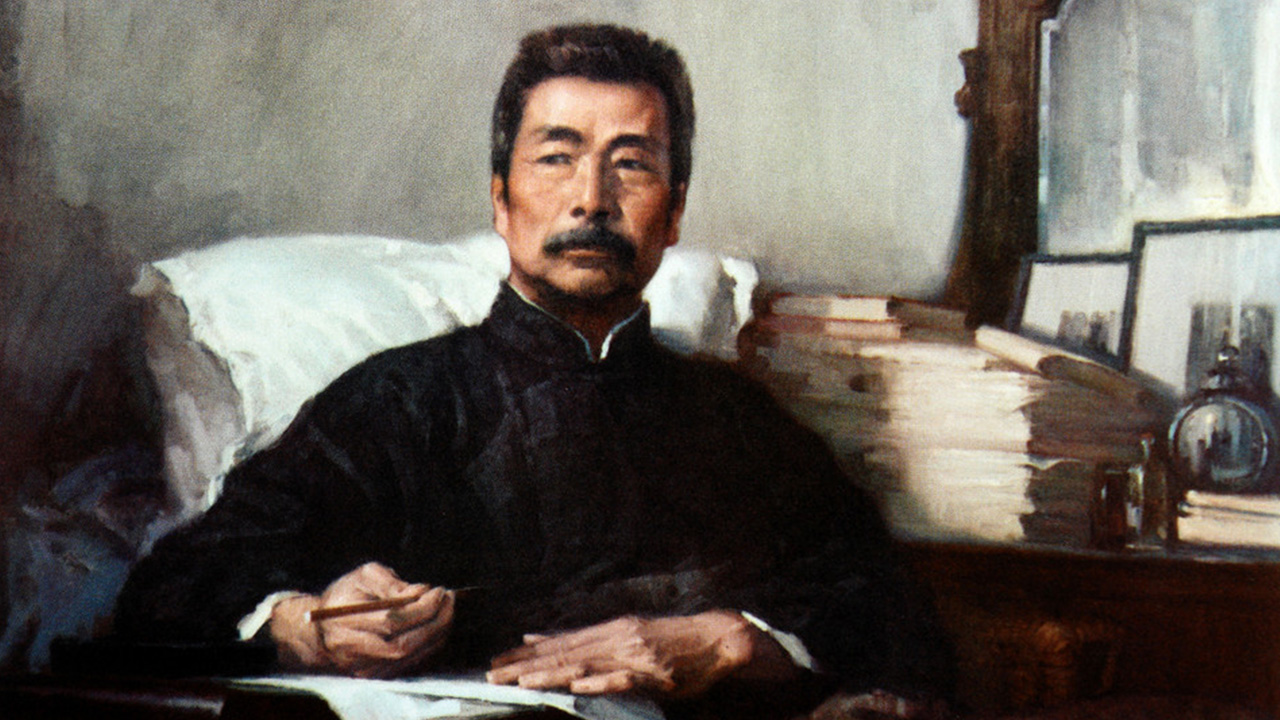Lu Xun Park
|
L |
u Xun Park, formerly known as Hongkou Park, is located on 146 East Jiangwan Road. In the 22nd year of the Emperor Guang Xu (1896), the Bureau of Construction of the Shanghai International Settlement purchased 39.1 acres of rural land at the end of North Sichuan Road outside its boundary, and initiated the construction of a shooting range for international commercial groups. Modeled on the sports park in Glasgow, and planned by a British garden designer, the shooting field was named “Hongkou Amusement Park”. In 1905, it was rebuilt as “Hongkou Sports Games Park and Shooting Field” and was renamed “Hongkou Park” in 1922.
Hongkou Park is one of the first comprehensive sports parks in Shanghai, and provides an ideal venue for many sports events. It boasts a golf course, 75 lawn tennis courts, 8 hard tennis courts, 3 football fields, 5 lawn boules pitches, as well as playing fields for hockey, basketball, baseball and track and field events.
After moving to Shanghai from Guangzhou in 1927 until his death in 1936, Lu Xun lived in the Continental Terrace near Hongkou Park, where he regularly took a walk. In 1956, Lu Xun’s reliquary was moved to the park from the International Cemetery (Wanguo Cemetery), and Lu Xun’s Mausoleum and Museum were constructed there in memory of the prominent Chinese writer. The park was renamed “Lu Xun Park” in 1988, dedicated to this leading figure of modern Chinese literature.
The park has been renovated many times over the past hundred years. Now with the original South Gate, the old drinking fountain and century-old trees, it not only retains the English garden layout, but also shows some traditional Chinese garden elements.
LU XUN AND SISU: BEYOND THE PARK
Lu Xun, the pioneer of modern Chinese literature, has a lasting connection with SISU in many ways. Opposite its Hongkou Campus is a century-old park where Lu Xun’s tomb lies. Furthermore, although popularly known as a revolutionary, a thinker, and a great writer, Lu Xun was primarily a translator and a language expert, whose literary career started and ended with translated works which are no less either in number or significance than his own authored works.
On October 10th, 1936, Lu Xun wrote in his diary: ‘…In the afternoon Guangping [his wife], Haiying [his son], Mali [his niece] and I went to Isis Theatre to watch Dubrovsky. A very good movie.’
The ‘very good movie’ was adapted from a novel by Alexander Pushkin, and was translated by Jiang Chunfang, SISU’s first president. The movie show was also organized by Jiang, who was very happy to see Lu Xun in the theatre, and offered him a Memorial Album of Alexander Pushkin on the 100th Anniversary of his death, explaining that the biographical notes of Pushkin printed in the Album were actually edited from articles published in Yiwen (or Translations), a monthly journal edited by Lu Xun.
Jiang also told Lu Xun that the movie was originally entitled ‘复仇艳遇’ ( fu chou yan yu ) in Chinese, literally meaning a love affair in revenge, and the current title was used as a result of repeated censorship attempts of the then Kuomintang authority. Lu Xun commented angrily that the authorities did this only for the purpose of confusing the audience so that they would know nothing about the movie from the title. Since the show was about to start, Jiang gave Lu Xun two more tickets and invited him to come again. Regretfully, this turned out to be the last movie Lu Xun watched in his lifetime.
Soon after the founding of the People’s Republic of China in 1949, at the request of and with the support from Chen Yi, the then mayor of Shanghai, Jiang Chunfang founded Shanghai Russian School affiliated to East China People’s Revolution University, which later became Shanghai International Studies University (SISU).





